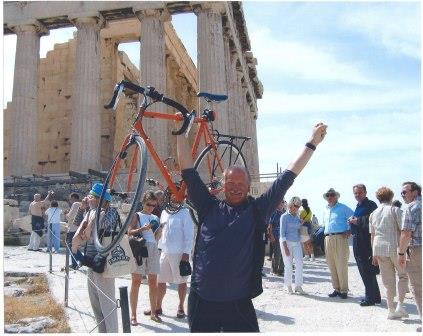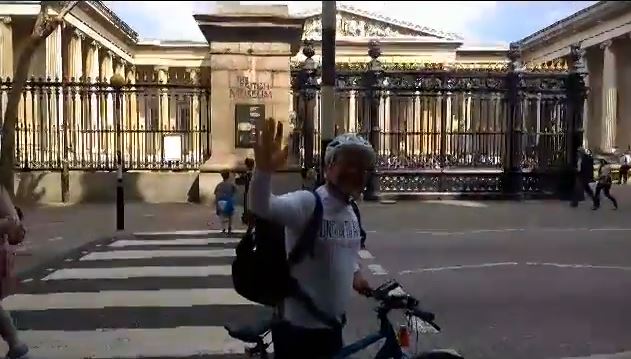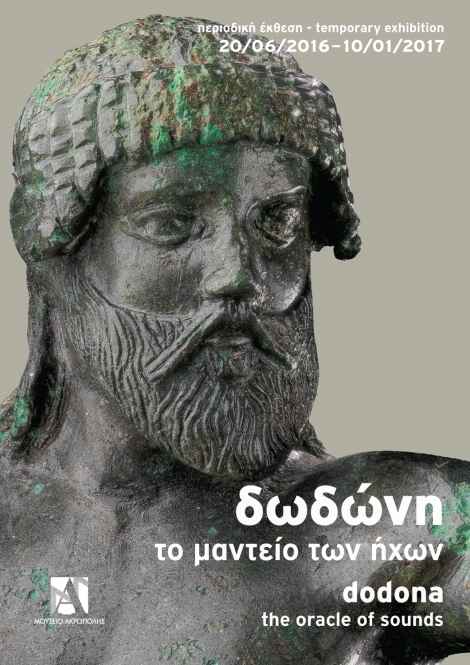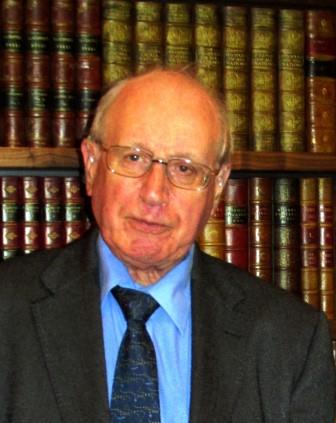
Eddie O'Hara sadly passed away on Saturday 29 May 2016 in hospital surrounded by his family. He will be missed by many, not least the members of the BCRPM.
Eddie became Chairman of the British Committee for the Reunification of the Parthenon Marbles when Professor Anthnony Snodgrass retired in 2010. He described himself as 'an unreconstituted classicist and lifelong supporter of the campaign for the reunification of the Parthenon Marbles'.
He was and will always be a great deal more than that. We will remember him for many aspects of his commitment to the cause but perhaps more importantly for his love and understanding of people.
Throughout his parliamentary career he tirelessly promoted the case for the Marbles to be returned to Athens, using various means including Early Day Motions, parliamentary questions, debates, meetings with ministers and the presentation of a Museums Bill, whose purpose was to remove any question as to whether museum trustees could divest themselves of objects in their collections.
He spoke at conferences and was interviewed regularly, his passion for the Parthenon Mables never waned and his dedication to the campaign was steadfast. He was until Thursday of last week involved in organising the 07 June 'Commemorative Event for the Bicentenary' to mark 200 years from the date in 1816 when the British Parliament voted to purchase from Lord Elgin his collection of sculpted marbles collected from the Parthenon and elsewhere on the Athenian Acropolis.
"The British Museum has deployed a seductive argument against their return. They have argued that the British Museum is one of a small number of ‘encyclopaedic’ museums, such as the Louvre and the New York Metropolitan Museum, and that the Parthenon Sculptures in the British Museum form part of a wider narrative of the development of western art together with outside influences upon it. They believe to return them would damage the integrity of this narrative. I disagree with these arguments and believes there are many other exemplars that the Greek Government could make available to replace the Marbles that wouldn’t damage the integrity of their narrative. " Commented Eddie O'Hara.
Eddie O’Hara also believed the British Museum overstates its case when it said that after two centuries in its collection the Marbles no longer play a part in any Greek narrative.
He added: “They should not put narratives in competition with each other but if they do surely the most important story to be told by and on behalf of the Marbles is that they form an integral unity with those in Athens, and together they form an integral unity with one of the most important historical monuments in the world.”
Eddie O’Hara also agreed with founder Eleni Cubitt, that he would welcome a credible response to the argument for the return of the Marbles on the grounds of human rights. The Faro Convention proposes that for a cultural community to be deprived of enjoyment of its cultural heritage is a violation of its human rights.
“The Greeks are a cultural community as defined by the convention and the Marbles are part of the cultural heritage with which they identify. Where there is a dispute good practice as defined by the convention includes measures to look at cooperation and reconciliation of these differences” concluded Eddie O’Hara.
Eddie O’Hara studied Literae Humaniores at Magdalen College, Oxford and had been Labour MP for Knowsley South for 20 years before retiring in 2010, General Rapporteur for the Cultural Heritage and Museums Rapporteur for the Parliamentary Assembly of the Council of Europe.
Trevor Timpson BBC News wrote in 2011: 'As a Labour MP from 1990 to 2010, Mr O'Hara was the "anchor man" for the BCRPM in Parliament.'
Heartfelt condolences from IOCARPM.
Tom Flynn:
I'm deeply saddened to receive the news of Eddie's death. A huge loss to his family and friends and to the UK Marbles campaign, which he has steered with such passion and erudition. A fellow Liverpudlian, he never missed an opportunity to rib me over Everton's erratic performance. I shall miss his gentle warmth and good humour.
Oliver Taplin:
Although I can take no personal credit, I have long felt proud that Magdalen Lit Hum should have produced someone of such energy and learning with such admirable views on many matters, including the Greeks in our times. A sad loss for our cause.
More articles including the BBC, Guardian and ekathimerini

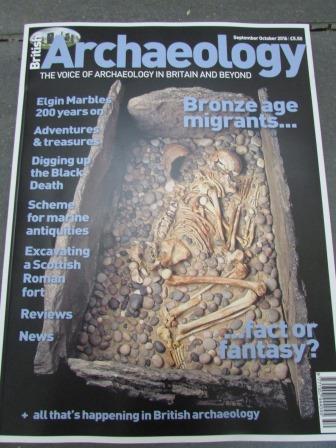


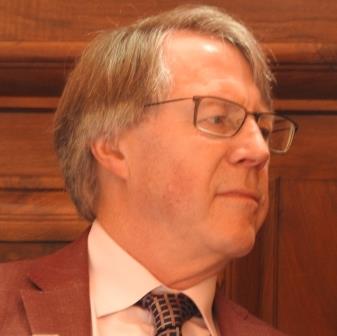
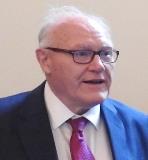 William St Clair
William St Clair